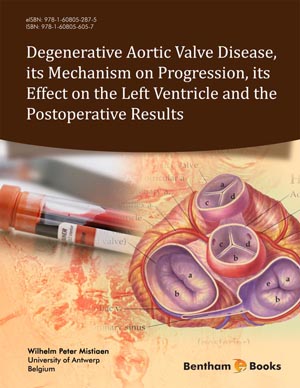Abstract
Follow-up studies have been performed for several reasons. There are minimal requirements for data collection and for follow-up techniques. These include enrolment of patients, type, frequency and mode of data acquisition. A risk profile of the preoperative patient population also allows an individual risk assessment an evaluation of the quality of care for any given institution.
The preoperative EuroSCORE has been developed as tool for such risk assessments. However, the additive as well as the logistic model tended to overestimate the risk for operative mortality. One of the reasons could be the improvements of the care since the development of this score, which have not yet been taken into account. The STS score seems more adequate, but still overestimates the operative risk.
Apart from mortality, postoperative adverse events have been listed and defined. It is, even today, not always possible to make a distinction between valve related complications and non-valvular events.
Short-term events can be represented as percentages. For long-term events, a linearized rate is usually not sufficient since the occurrence of events is not necessarily linear. Actual and actuarial analysis have to be performed.
For a risk analysis, proper statistical methods have to be applied. Identification of independent preditors for hospital events, requires the multivariate logistic regression analysis. For long-term events, this is the Cox’ proportional hazard analysis.
Keywords:
Cardiac events, Cox proportional hazard analysis, EuroSCORE, follow-up, Kaplan-Meier analysis, logistic regression, non-cardiac events, postoperative mortality, quality of life, STS PROM, valve related events.


 Download PDF Flyer
Download PDF Flyer